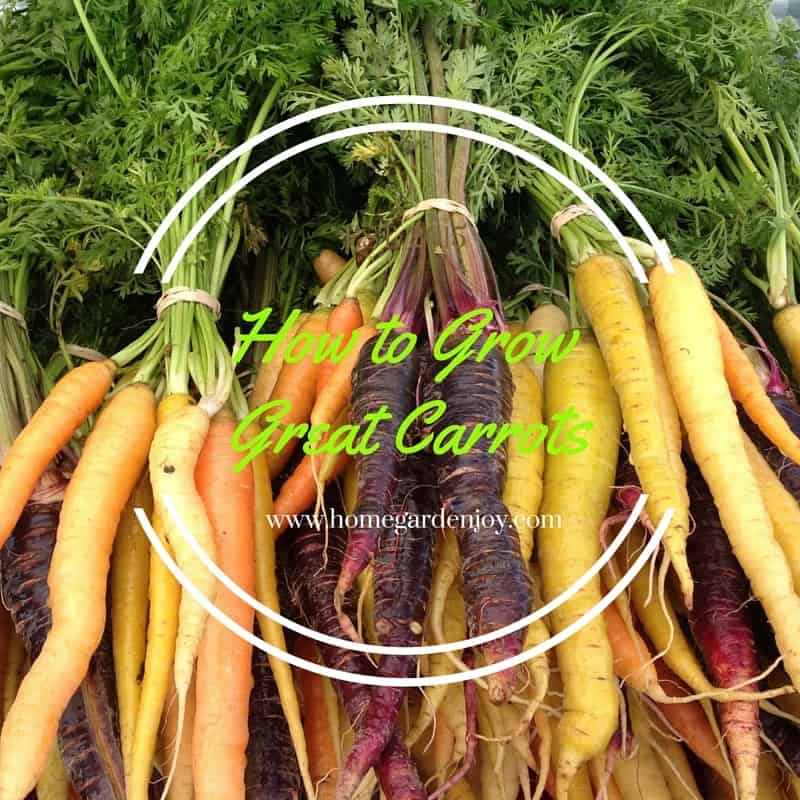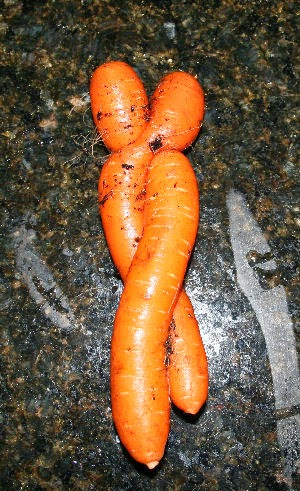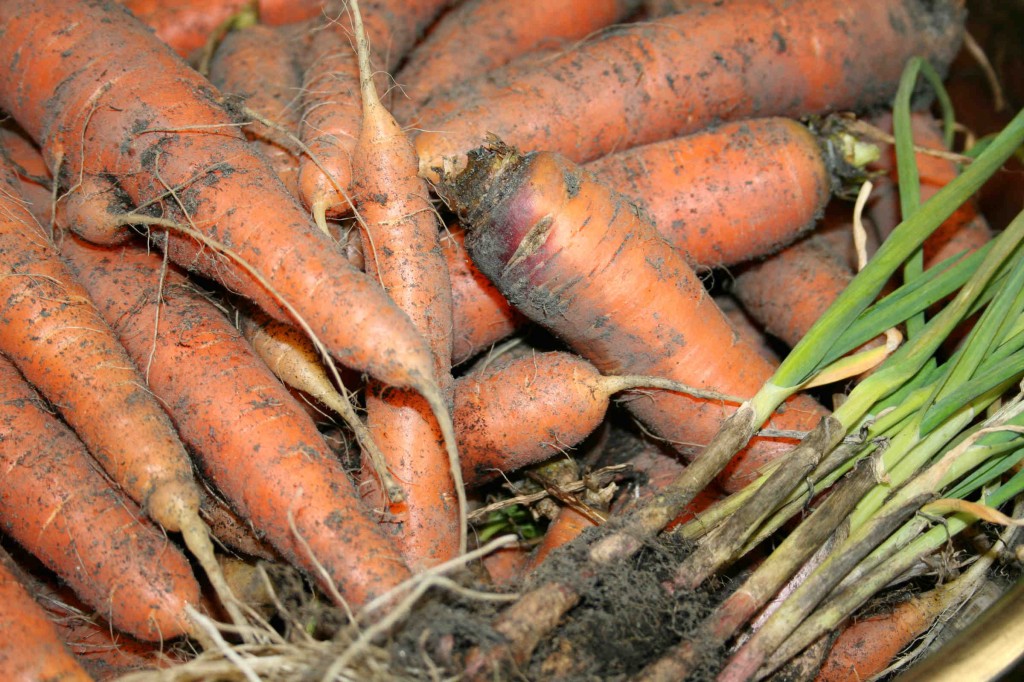
 |
| Oops. We weren’t thinned…and we hit a rock… |


by Jeanne

 |
| Oops. We weren’t thinned…and we hit a rock… |


[…] Carrots in the Home Garden […]

Are you looking for Christmas gifts for gardeners? This is your holiday gift guide to find the perfect present for that special gardener in your life! I have a lot of experience shopping for Christmas gifts for gardeners, that’s for sure. My dad was an avid gardener, and I delighted in buying him gifts from…

Have you ever wanted to start a vegetable garden, but felt completely lost about what to grow? Here at Home Garden Joy, I specialize in making gardening fun and easy for beginners. Sometimes, the gardening information available is scary. It reads like a cross between chemistry class and a foreign language. Well, I’m here to…

When you improve garden soil, you improve the health of your plants. And, you improve the nutrient quality and quantity of fruits, vegetables, and herbs. There’s an old saying in gardening: The better the soil, the healthier the plants. And the healthier the vegetables, fruits, and herbs you grow in your home garden, the healthier…

Whether you’re new to backyard gardening or just bought your first home and have always longed for the day when you can plant an organic vegetable garden, these tips for starting a backyard garden offer newcomers to the world of gardening useful information to help you be successful. Vegetable gardening doesn’t need to be expensive,…

I love carrots! I always make it sure that I have at least two carrots left in my fridge.
I enjoyed reading your post, and I hope to come back soon and read more about other vegetables.
Good info. Carrots are the next thing to plant on my list. We’re actually getting a little rain and a little snow right now. Another cold snap is slowing my planting but I’m glad for the moisture. I have a spot in my raised beds just waiting for the carrot seeds.